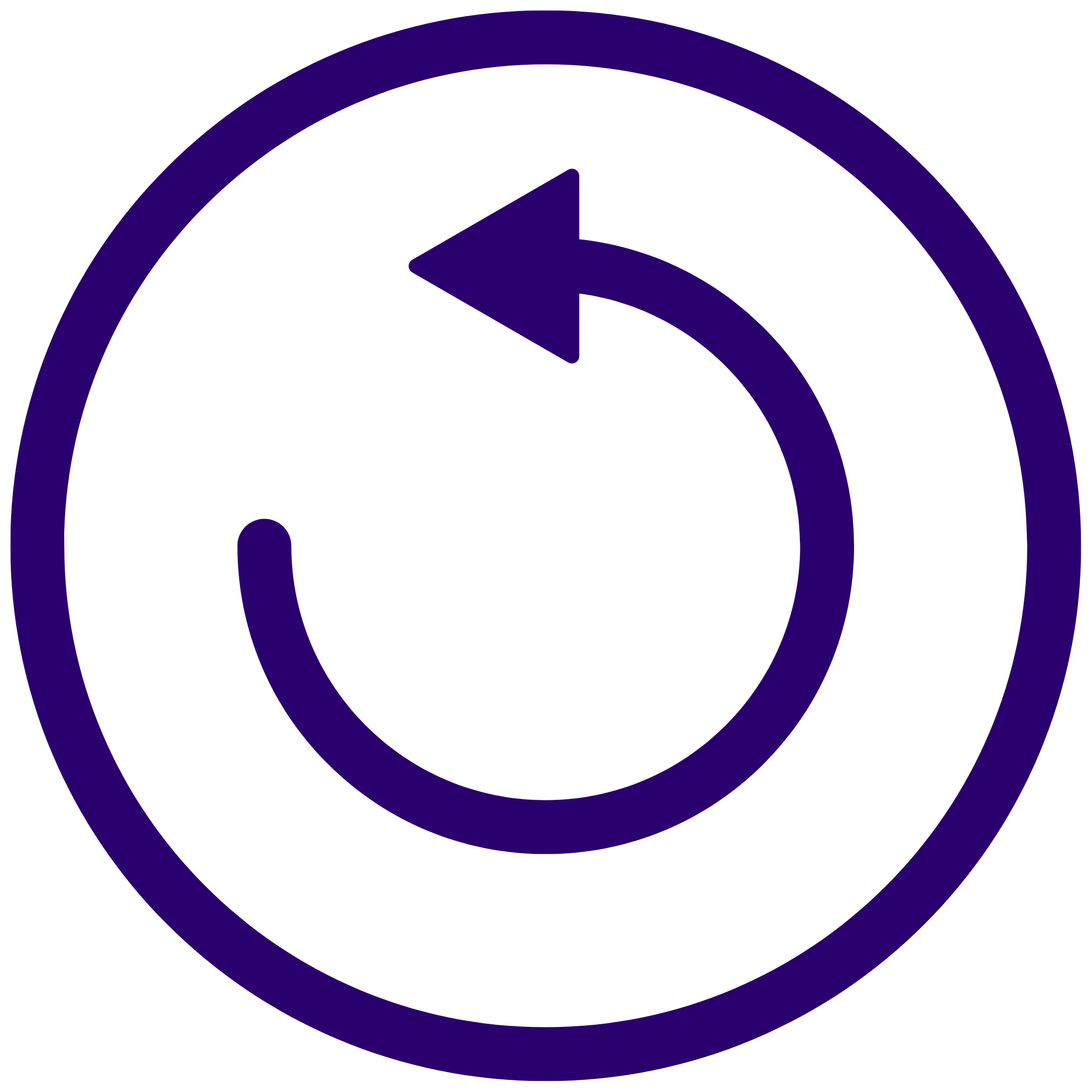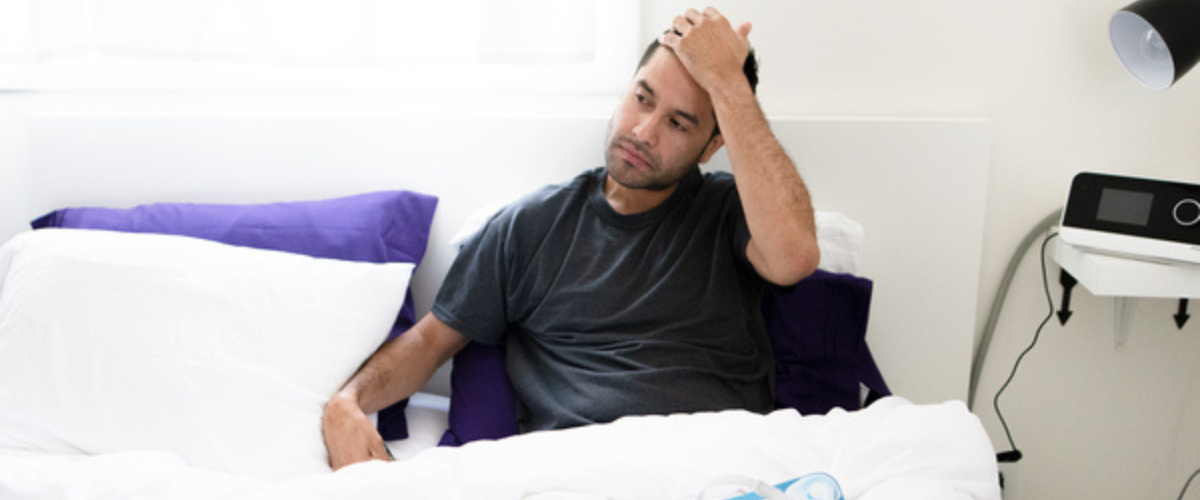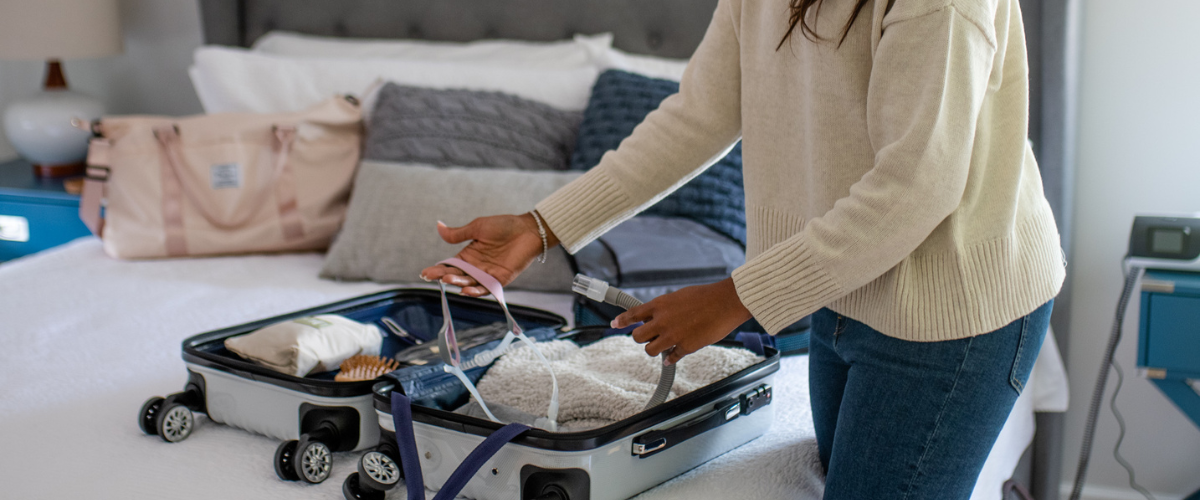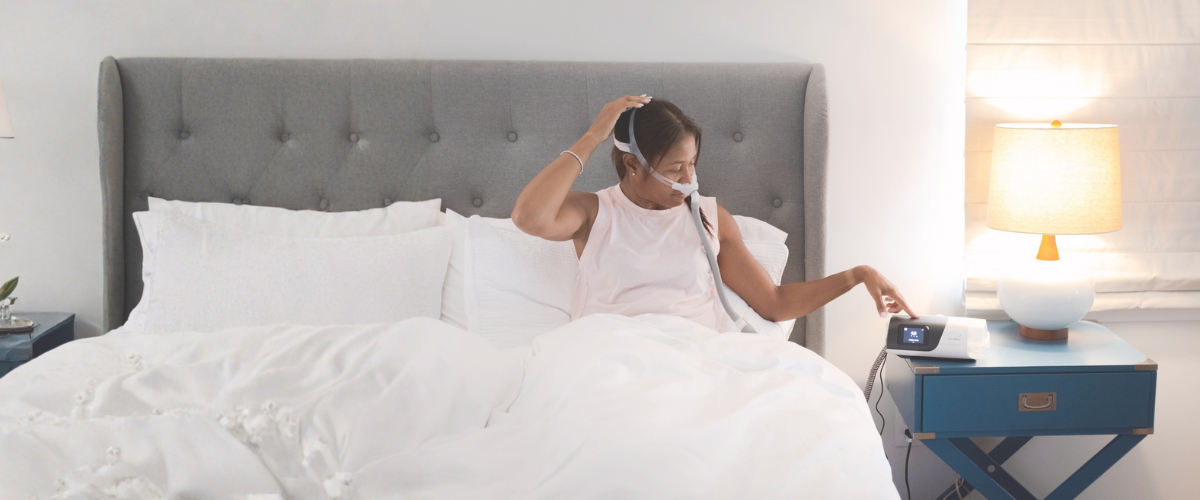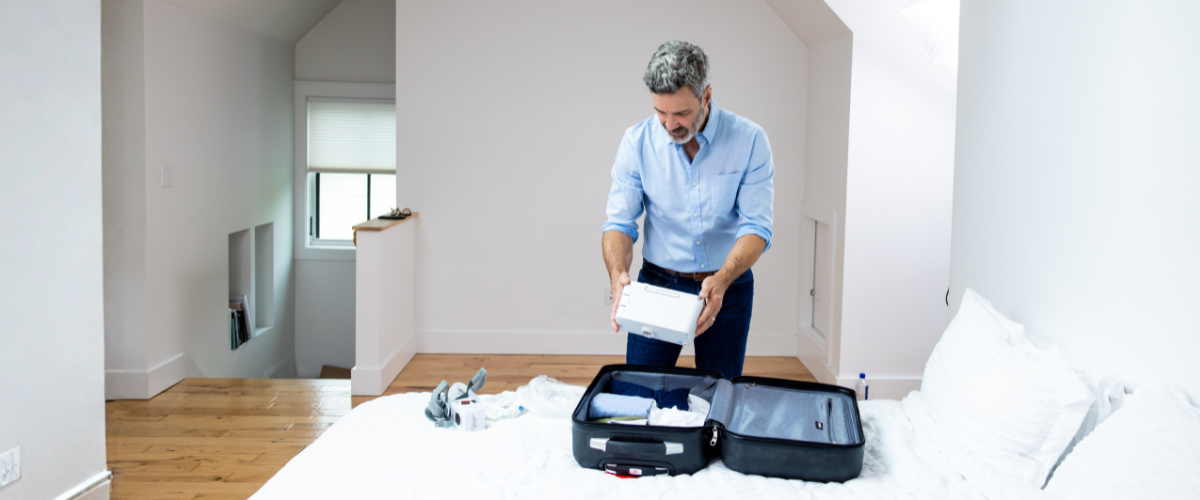Sleep therapy is a life-changing treatment for those with obstructive sleep apnea (OSA), central sleep apnea, and even mild sleep apnea. To maintain the effectiveness of your CPAP therapy and ensure optimal safety of your treatment, it’s crucial to follow a regular replacement schedule for individual CPAP supplies. Here’s a detailed guide to help you stay on track with the best resupply setup.
Key Takeaways:
-
Replacing your CPAP supplies can help you get better sleep and improve the overall efficacy of your sleep therapy
-
Remaining on a consistent schedule will ensure your CPAP/BiPAP machine functions properly
-
There are many potential health risks to overusing CPAP parts
-
You can easily save time & effort on getting your CPAP equipment at the right time through subscriptions like our Resupply & Save Program
Why is it Important to Replace CPAP Supplies?
First, we need to discuss why it is so vital to replace CPAP supplies at the appropriate time. Regular replacement of CPAP supplies is essential for several reasons:
-
Hygiene: CPAP equipment can become a breeding ground for bacteria, mold, and other pathogens if not cleaned and replaced regularly. This is the case for all major CPAP components, including CPAP masks, humidifiers and water chambers, mask cushions, nasal pillows, nasal cushions, CPAP tubing, chin straps, mask frames, headgear, as well as non-disposable and disposable filters.
-
Performance: Wear and tear can reduce the efficacy of your CPAP machine, leading to suboptimal therapy. By properly getting replacement parts, you can also expand the lifespan of comfort accessories used in the sleep therapy.
-
Comfort: Over time, mask parts like mask frames and mask cushions can lose their shape and flexibility, causing discomfort and potential leaks.
-
Health: Regularly replacing filters and other components helps ensure you’re breathing clean, healthy air and getting the best sleep apnea treatment possible.


How Often Should You Replace CPAP Masks & Supplies?
Here’s a recommended timeline for replacing the various parts of your CPAP system:
1. CPAP Mask Cushions, Nasal Pillows, Nasal Cushions
-
Frequency: Every 1-2 months
-
Reason: Regardless of whether you have a full face mask, nasal mask, or nasal pillow CPAP mask, their full face cushions, nasal pillows, and nasal cushions can wear out quickly, leading to air leaks and reduced comfort. Regular replacement ensures a good seal and effective sleep therapy.
-
Frequency: Every 3 months
-
Reason: The frame can become brittle or lose its shape over time. By replacing the mask every 3 months, you’re ensuring the CPAP mask remains effective and comfortable.
-
Frequency: Every 6 months
-
Reason: Headgear can stretch out and lose its elasticity, causing the mask to fit improperly. New headgear helps maintain a secure fit.
-
Frequency: Every 3 months
-
Reason: Tubing and hoses can develop tiny cracks and accumulate bacteria and mold. If air leaks in the cracks occur, the regular replacement ensures clean air flow and reduces the risk of infections.
-
Frequency:
-
Disposable Filters: Every month
-
Reusable Filters: Every 6 months
-
-
Reason: Filters trap dust, pollen, and other airborne particles. Regular replacement ensures you’re breathing clean air.
-
Frequency: Every 6 months
-
Reason: Mineral deposits and bacteria can build up in the water chamber, affecting the quality of humidification and potentially leading to respiratory issues.
-
Frequency: Every 5 years
-
Reason: Technological advancements in sleep apnea treatment devices mean newer machines and alternative therapies might offer better features and comfort.
Tips for Extending the Life of Your CPAP Equipment
Along with following a replacement schedule, proper maintenance can help extend the life of your CPAP components:
-
Regular Cleaning: Clean your mask, CPAP tubing, and humidifier chamber daily with mild soap and water. Allow them to air dry completely.
-
Using Distilled Water: For your humidifier or water chamber, distilled water is recommended to prevent mineral buildup.
-
Proper Storage: Store your CPAP equipment in a clean, dry place and away from direct sunlight.
-
Checking Supplies for Damage: Regularly inspect your equipment for signs of damage or wear, such as cracks, tears, or discoloration.


How Does Replacing Your CPAP Equipment Benefit You?
The short answer: it helps maintain the best sleep apnea treatment and keeps what you need to meet your continuous positive airway pressure. Neglecting to replace your CPAP supplies (including your CPAP machine or bilevel machine) as recommended can lead to a variety of issues, ranging from minor annoyances to serious health risks.
Here's a closer look at what can happen if you don't stick to the right replacement schedule for your CPAP equipment:
1. Reduced Sleep Apnea Therapy Effectiveness
-
Air Leaks: Over time, the cushions and nasal pillows on your CPAP mask can wear out, becoming less flexible and failing to form a proper seal. This leads to air leaks, which can reduce the effectiveness of the therapy and make it harder to maintain the correct pressure.
-
Poor Fit: Stretched or worn-out headgear can cause a lack of elasticity and can make your CPAP mask to fit improperly, resulting in discomfort and ineffective treatment.
2. Increased Risk of Infections
-
Bacterial Growth: CPAP device parts, especially the humidifier chamber and tubing, can grow bacteria and mold if not cleaned and replaced regularly. These pathogens can then be inhaled, leading to respiratory infections.
-
Mold and Mildew Buildup: Moist environments, like the water chamber of your humidifier, are ideal for mold and mildew growth. Inhaling mold spores can cause allergic reactions, respiratory problems, and exacerbate conditions like asthma.
3. Deteriorated Air Quality
-
Dirty Filters: CPAP filters are designed to trap dust, pollen, and other airborne particles. If they’re not replaced regularly, these filters can become clogged, reducing airflow and potentially allowing harmful particles to enter your lungs.
-
Dust and Debris: Accumulated dust and debris in your CPAP machine and tubing can negatively impact air quality, leading to increased respiratory issues.
4. Discomfort and Sleep Disturbance
-
Uncomfortable Mask: Over time, mask cushions and headgear can degrade, causing discomfort, skin irritation, and poor sleep.
-
Air Leaks: Air leaks from worn-out mask parts can create noise, which can make it harder to adjust to sleep therapy and see its benefits.
5. Health Complications
-
Untreated Sleep Apnea: Ineffective CPAP therapy means untreated sleep apnea, which can lead to serious health complications such as high blood pressure, heart disease, stroke, and diabetes.
-
Difficult mornings and daily function: Poorly managed sleep apnea can also result in daytime fatigue, impaired cognitive function, and mood disorders like depression and anxiety.
6. Increased Long-Term Costs
-
Premature Equipment Failure: Not maintaining and replacing your CPAP components as needed can cause your machine to work harder, leading to earlier breakdowns and the need for costly repairs or replacements.
Adhering to a regular replacement schedule for your CPAP supplies is vital for maintaining effective and safe therapy, helping you experience a restful sleep for more well-rested days!


Does resupplying your CPAP supplies seem daunting? Save our simple, clinician-recommended replacement schedule today!


We make replacing your CPAP supplies even easier with our Resupply & Save program. Click to Learn More.




